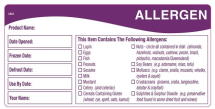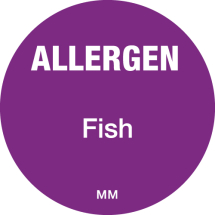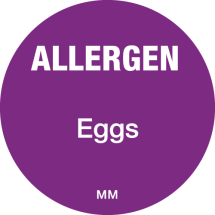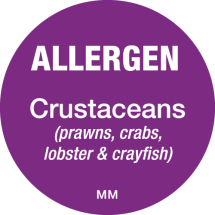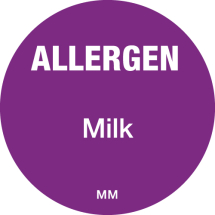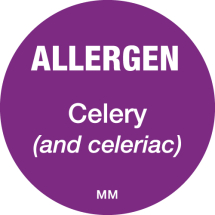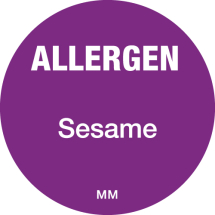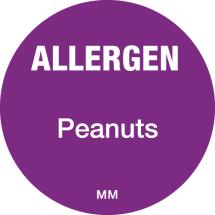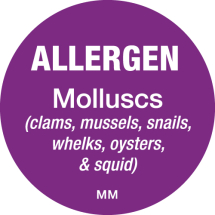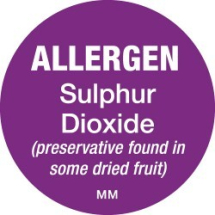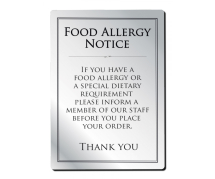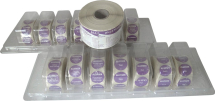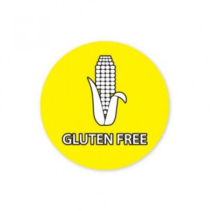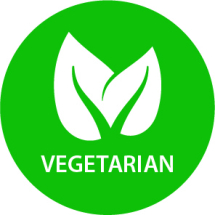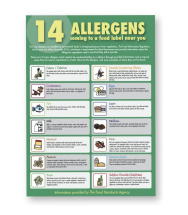Allergen Labels
Allergen Food Labelling Guidance Food businesses need to tell customers if any food they provide contain any of the listed allergens as an ingredient. Consumers may be allergic or have intolerance to other ingredients, but only the 14 allergens&... Read More
Stock Code: ALL016
Pack Size:
500
Stock Code: ALL005
Pack Size:
1000
Stock Code: ALL006
Pack Size:
1000
Stock Code: ALL008
Pack Size:
1000
Stock Code: ALL009
Pack Size:
1000
Stock Code: ALL011
Pack Size:
1000
Stock Code: ALL012
Pack Size:
1000
Stock Code: ALL013
Pack Size:
1000
Stock Code: ALL014
Pack Size:
1000
Stock Code: ALL015
Pack Size:
1000
Stock Code: SIGN320
Pack Size:
1
Stock Code: SIGN421
Pack Size:
1

